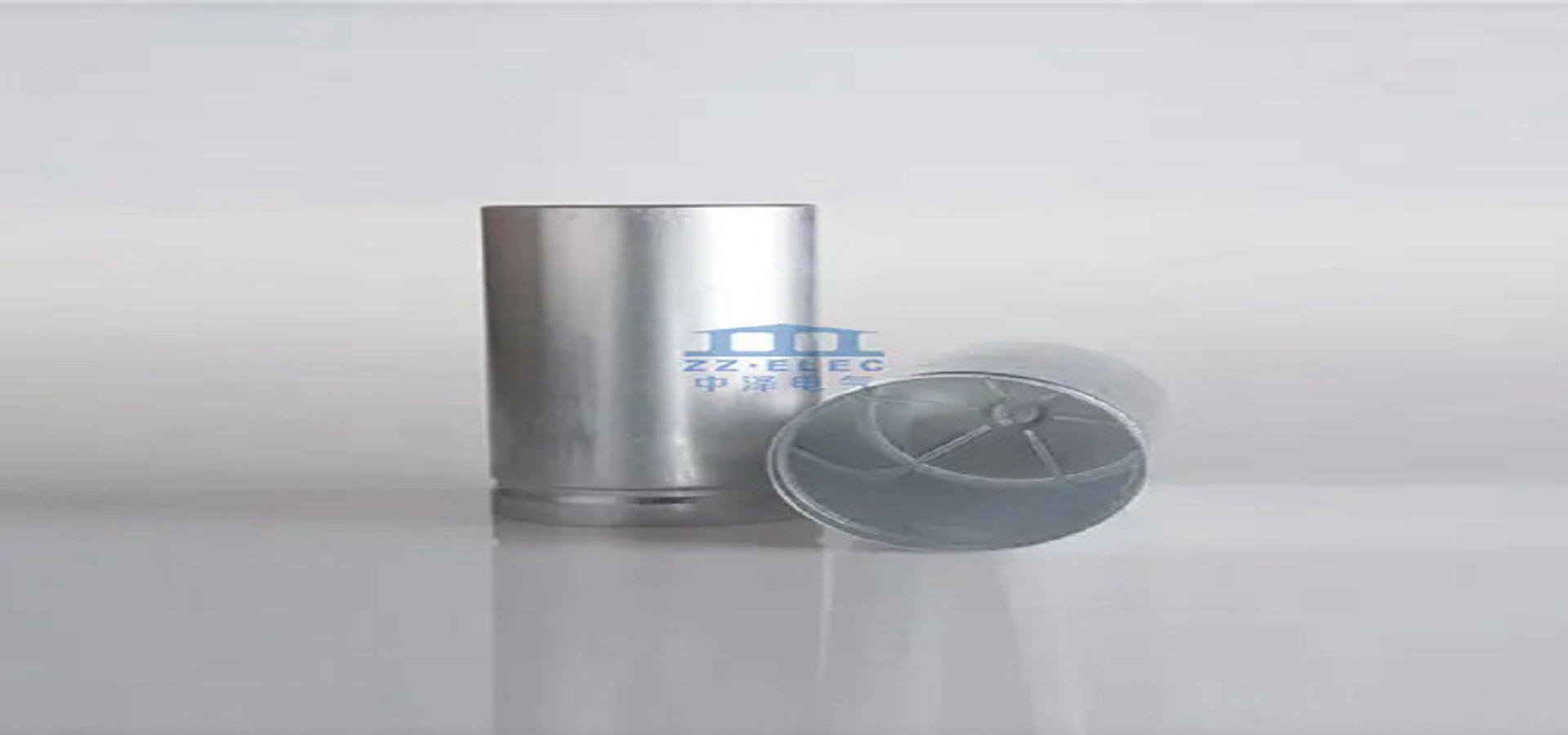Ultra capacitor components are small, low-voltage devices that store electrical energy. They are typically made from individual 2.75v, 0.5F cells and connected in series. One ultracapacitor will contain two rows of six individual capacitor cells. The total leakage current will be approximately 0.12mA. The total voltage will be distributed evenly among the cells.
These devices store electricity in a variety of applications. In many cases, these devices are incorporated into hybrid power systems. They are useful in robotic motion control systems, fuel cells, and hybrid vehicles. Their high power density makes them a great choice in a variety of applications. They also provide significant energy storage capacities.
Ultracapacitors come in a variety of packaging options. Some are packaged in tape reel assemblies while others are packaged in trays or rails. Trays and rails are used to package four-sided ultracapacitors. The trays and rails are made of carbon-powder or fiber materials and are extruded in industry-standard sizes.
The basic components of an ultracapacitor are the electrodes and the liquid electrolyte. The electrodes are made of graphite carbon or activated conductive carbon. The electrodes are separated by a thin insulator.

